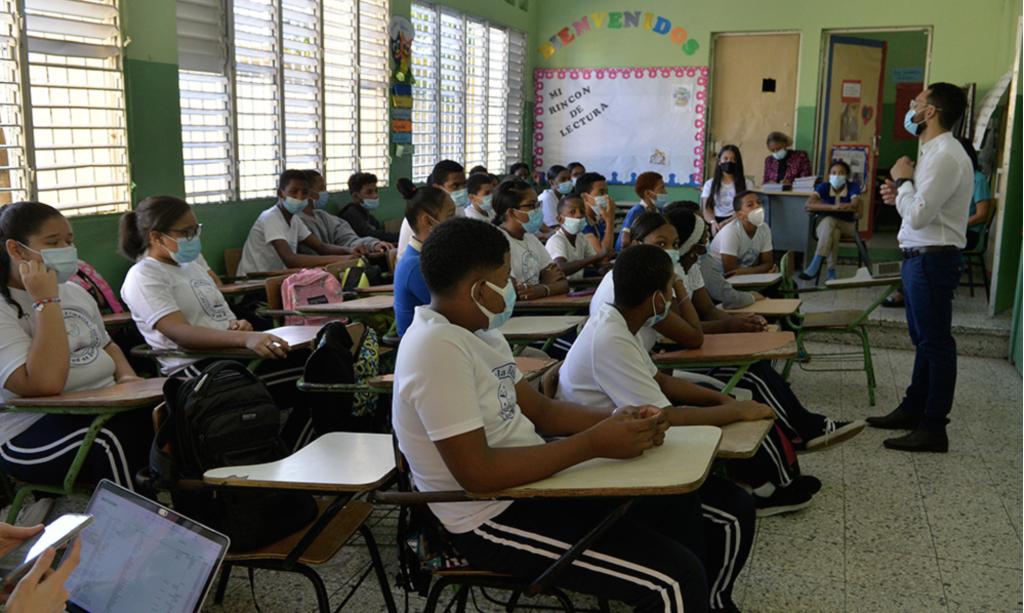
Improving students’ learning process in reading, writing, and mathematics is the big challenge for the public education system. A report in El Caribe today indicates that the average cost per student in the public education system this school year is RD$96,012. This is up from RD$26,187 when the investment was RD$26,187. The high investment is not translating into results, though.
El Caribe reports the country cannot show a significant improving in learning despite the Dominican government’s exponential investment in public education. Performance tests indicate that results continue to lag behind the region’s average.
As reported, the government invested per student for the current year varies according to the educational level: for a student in kindergarten, it is estimated at RD$100,479, for a primary school student it rises to RD$110,133 and for a secondary school student the figure drops to RD$77,425.
According to the Unesco’s Latin American Laboratory for the Evaluation of the Quality of Education released in November 2021, most Dominican students in the public school system score among the lowest performance levels of the ERCE 2019 study.
“The Dominican Republic presents improvements in all areas evaluated, both in third and sixth grade, with respect to the previous study, the TERCE 2013, mainly in mathematics in third grade. However, the results achieved continue to be below the average for the region and the country maintains a high proportion of students at the lowest level of performance,” the report highlights.
The study analyzed the performance of 160,000 third and sixth grade students from these 16 countries in the region. In the Dominican Republic, a total of 9,885 children participated (4,986 third graders and 4,899 sixth graders).
The executive director of Acción Empresarial por la Educación, (Educa), Darwin Caraballo, said the investment of 4% of GDP since 2013 “unfortunately still does not translate into improved student learning.”
He said the funds were allotted to build classrooms and improve educators’ working conditions, to teacher training, curricular reforms, incorporation of technologies, and new textbooks. “But these benefits, including adding school meals, has not yet translate into improved student learning, and this should call for reflection,” he emphasized.
Read more in Spanish:
El Caribe
19 April 2022

